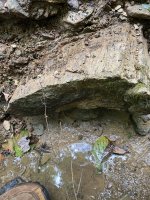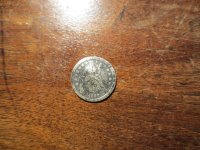weldor
Greenie
- Jan 13, 2014
- 16
- 11
- Detector(s) used
- 1265-X, 1235-X, Garrett Groundhog Tesoro Compadre
- Primary Interest:
- All Treasure Hunting
New Detector, posted question that should be in the Tesoro.
http://www.treasurenet.com/forums/tesoro/396887-tesoro-compadre-help.html
Hope I did this right, if not someone advise me.
http://www.treasurenet.com/forums/tesoro/396887-tesoro-compadre-help.html
Hope I did this right, if not someone advise me.
Last edited by a moderator:






